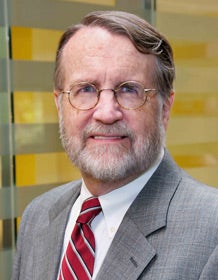Abstract
In 2015, a federal judge noted that “[m]any defendants have been convicted and spent countless years in prison based on evidence by arson experts who were later shown to be little better than witch doctors.” In the same year, a White House science advisor observed: “Suggesting that bite marks [should] still be a seriously used technology is not based on science, on measurement, on something that has standards, but more of a gut-level reaction.” According to another judge “[a]s matters currently stand, a certainty statement regarding toolmark pattern matching has the same probative value as the vision of a psychic.” A recent New York Times editorial echoed these sentiments: “And the courts have only made the problem worse by purporting to be scientifically literate, and allowing in all kinds of evidence that would not make it within shouting distance of a peer-reviewed journal. Of the 329 exonerations based on DNA testing since 1989, more than one-quarter involved convictions based on ‘pattern’ evidence — like hair samples, ballistics, tire tracks, and bite marks — testified to by so-called experts.”
These criticisms are valid — which raises a puzzling and consequential question: Why didn’t the Supreme Court’s “junk science” decision, Daubert v. Merrell Dow Pharmaceuticals, Inc., prevent or restrict the admissibility of testimony based on flawed forensic techniques? Daubert was decided in 1993, nearly twenty-five years ago.
This article examines the justice system’s failure by reviewing the status of several forensic techniques: (1) bite mark analysis, (2) microscopic hair comparisons, (3) firearms and toolmark identifications, (4) fingerprint examinations, (5) bullet lead analysis, and (6) arson investigations. It argues that the system’s failure can be traced back to its inability to demand and properly evaluate foundational research, i.e., Daubert’s first factor (empirical testing), and concludes that the courts may be institutionally incapable of applying Daubert in criminal cases.
A different paradigm is needed, one that assigns an independent agency the responsibility of evaluating foundational research. This approach was recently recommended by the National Commission on Forensic Science and the President’s Council of Advisors on Science and Technology. Both recommended that the National Institute of Standards and Technology evaluate all forensic disciplines on a continuing basis, thereby injecting much needed scientific expertise into the process.
Keywords
scientific evidence, forensic science, Daubert
Publication Date
2017
Document Type
Article
Place of Original Publication
Case Western Reserve Law Review (forthcoming)
Repository Citation
Giannelli, Paul C., "Forensic Science: Daubert's Failure" (2017). Faculty Publications. 2006.
https://scholarlycommons.law.case.edu/faculty_publications/2006

